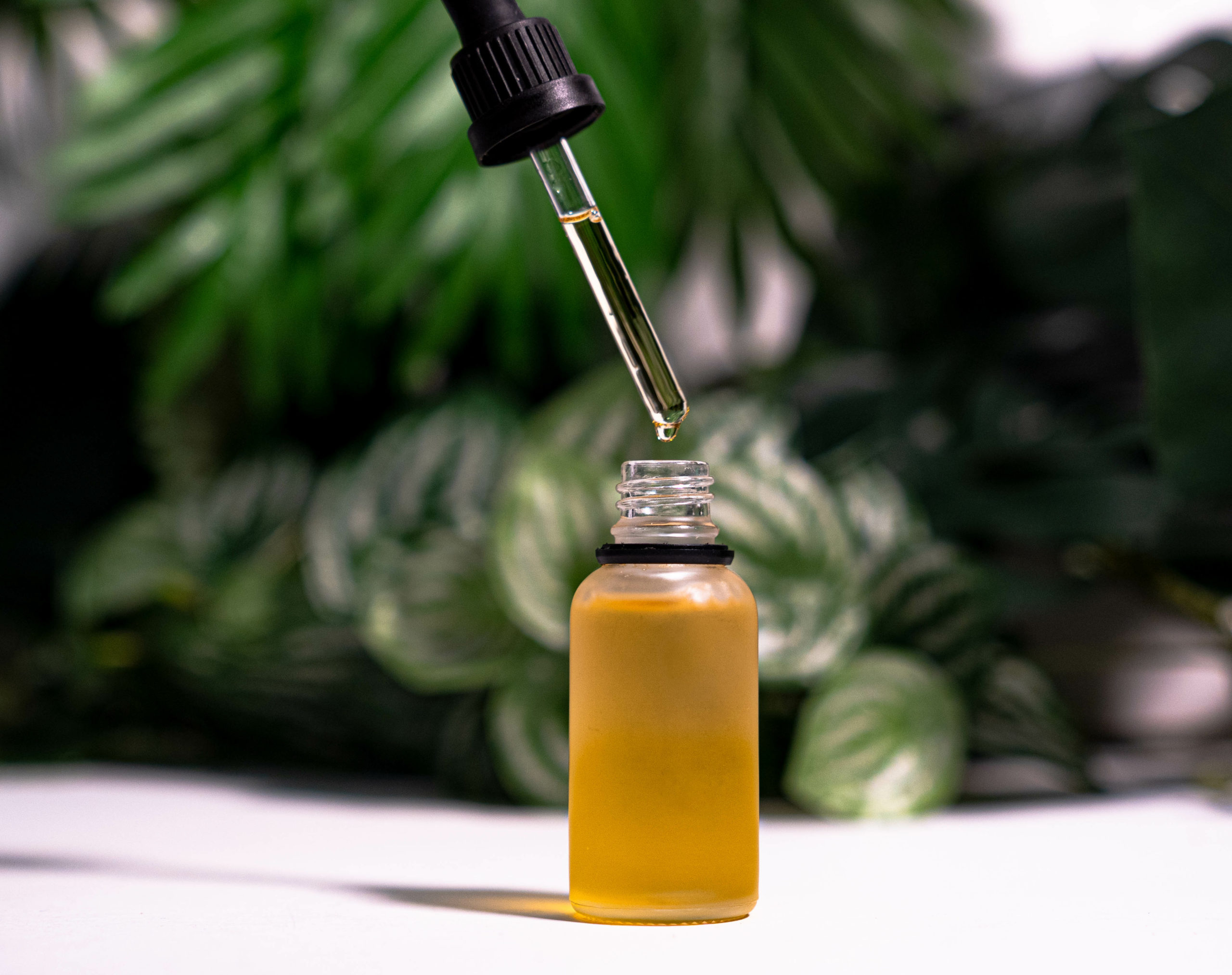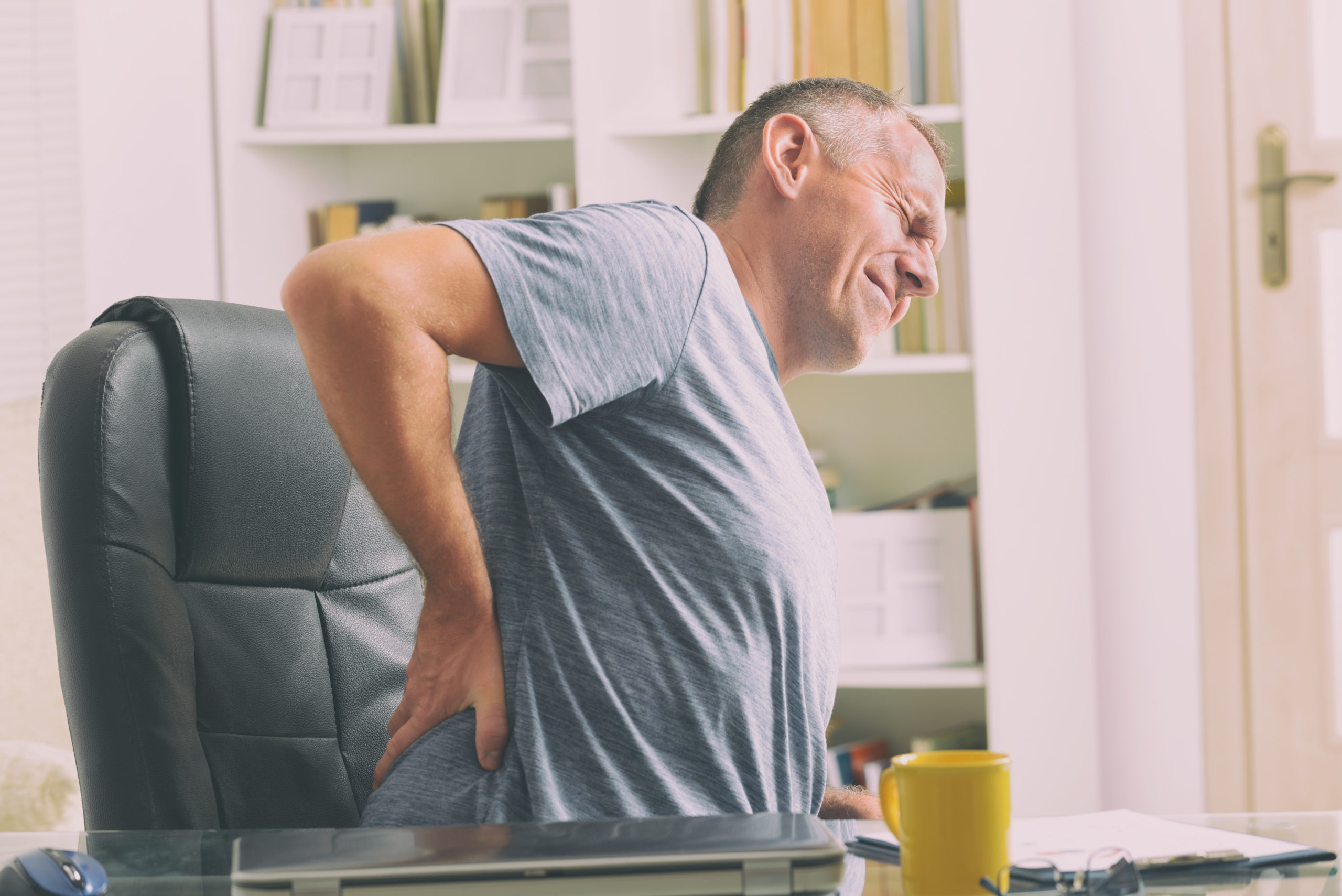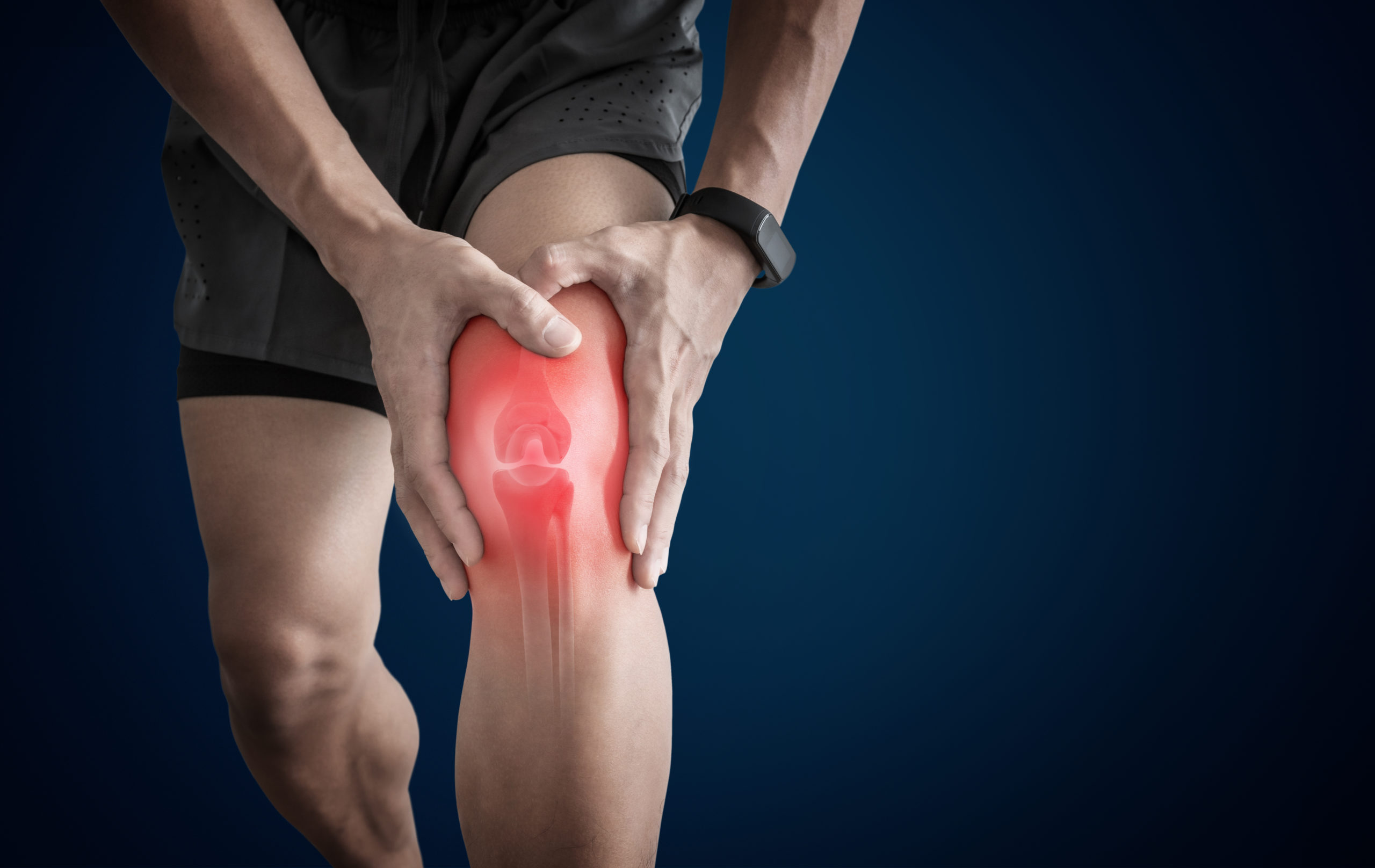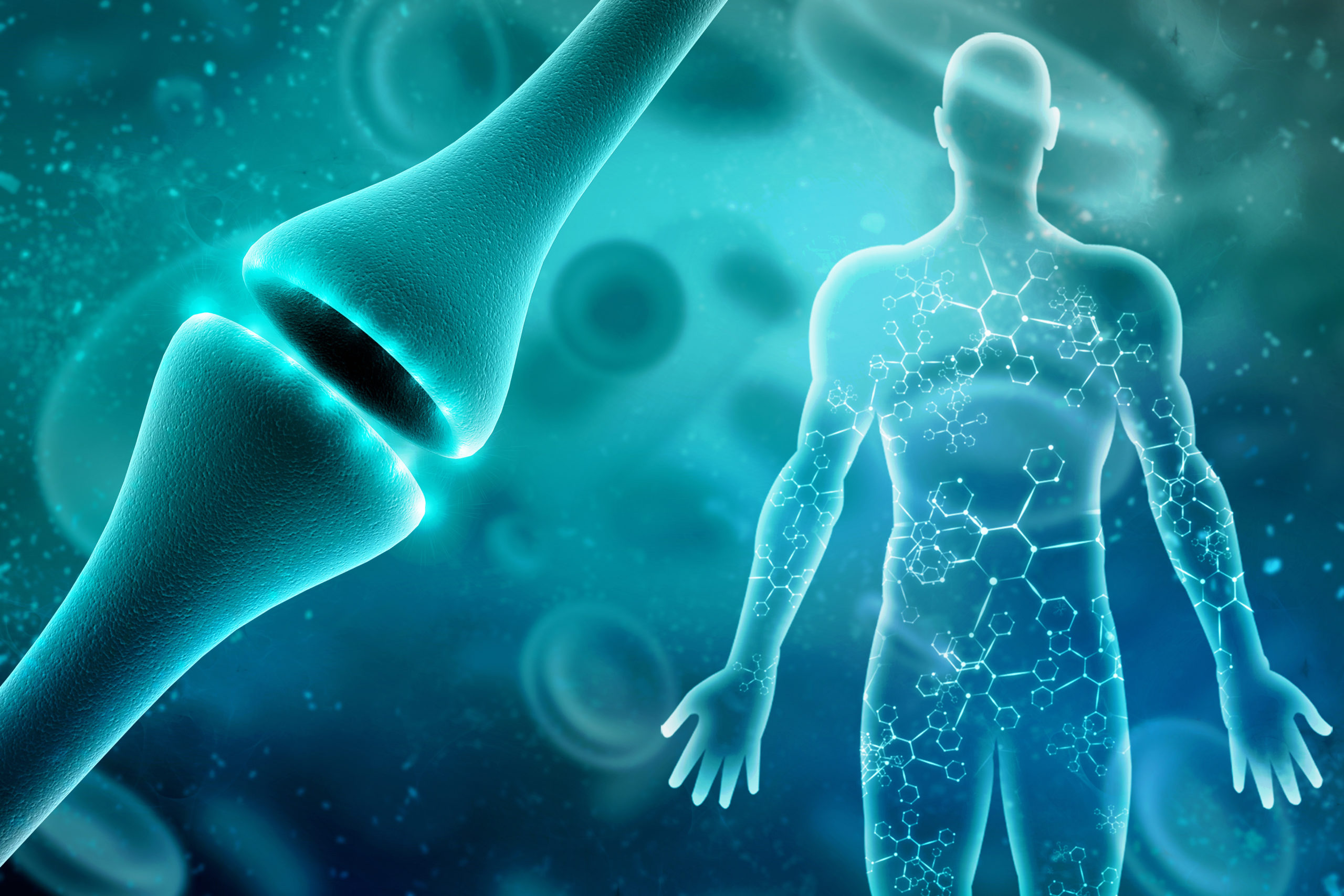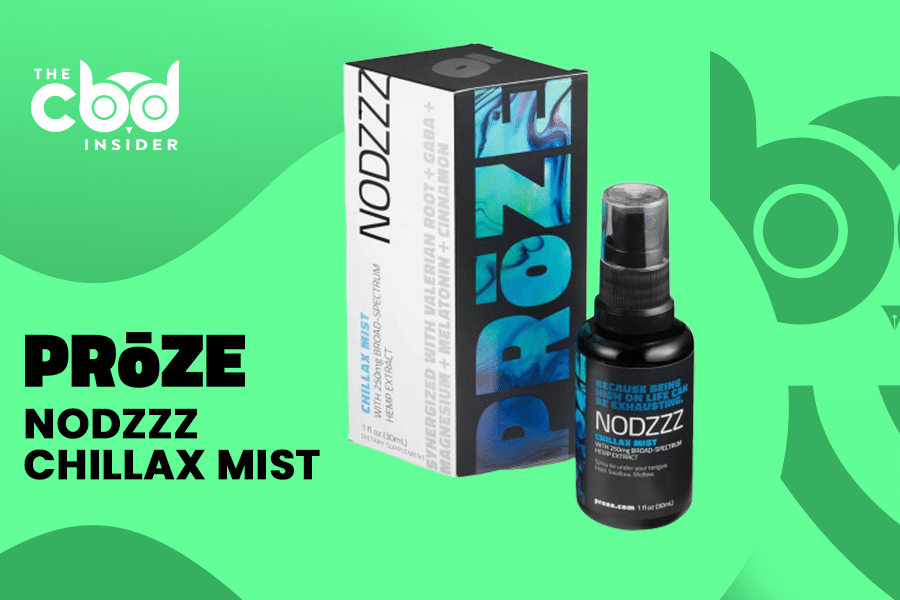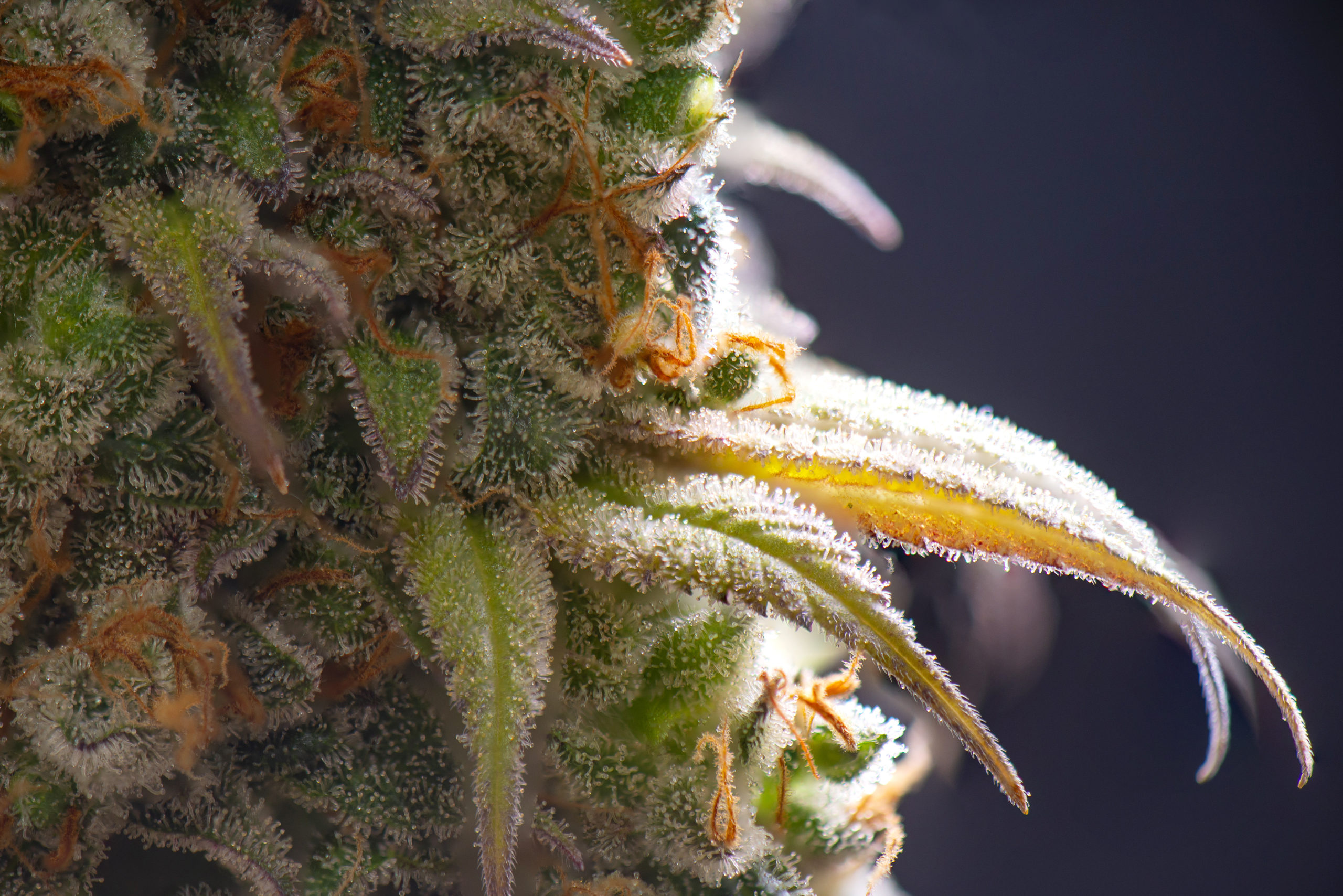-
- Market Research
- |
- CBD Near Me
- |
- Giveaways
- |
- Newsletter
- |
- Contact
- |
- Advertise
- |
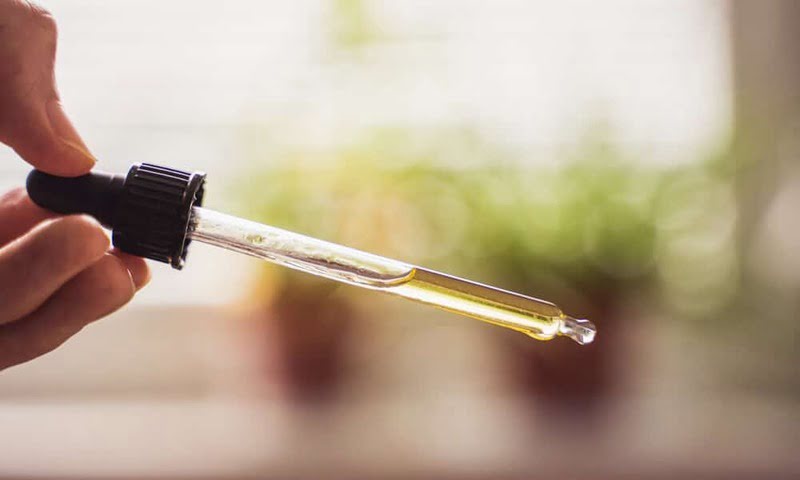
Thanks to a rocky regulatory landscape, standardized dosage recommendations are virtually non-existent in the case of CBD products.
It’s true that even very high doses of the supplement—as used successfully in this West China Hospital Department of Neurosurgery study featuring epileptic rats—are highly unlikely to elicit side effects. Still, there is almost always a dropoff in effectiveness past (or below) a certain threshold.
Paired with the fact that CBD supplements can be fairly expensive, depending on the form and concentration level, the effort to reap the greatest benefit from the least amount of product is a wise one in this case.
Finding the right dose requires taking into account an entire spectrum of personal factors, including weight, age, medical history, health conditions, concurrent medications, and more.
First, we’ll review the rudimentary dosing guidelines that do exist, which will get us in the neighborhood, and then, we’ll use the above factors to teach you how to fine-tune your dose so that you can find the ideal level with less time and product wasted.
Table of Contents
- CBD Dosage Guidelines At a Glance
- Other Factors Affecting CBD Dosage
- CBD Dosage by Condition
- Establishing the Optimal CBD Dose
CBD Dosage Guidelines At a Glance
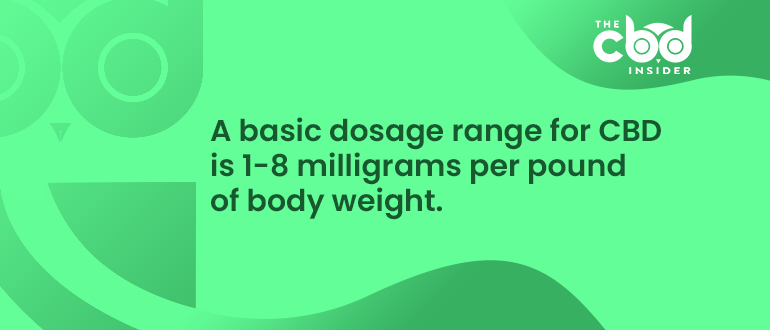
As mentioned, the lack of official regulation in the CBD space has put the onus on third-party information sources, not the government, to provide guidelines for consumers looking to capitalize on the supplement’s many purported health benefits.
Even though it’s just one of many parameters influencing ideal dosage, body weight/composition is arguably the strongest of said influences, which is why most sources provide dosage recommendations according to this value.
After aggregating and averaging guidelines from several sources, including Weedmaps and CBD Origin, we arrived at the following dosage range: 1-8 milligrams per pound of body weight.
A 150-pound person, then, is recommended to take 150-1200 milligrams per day of CBD. Such a vast range speaks to the importance of using additional parameters to narrow this down significantly for efficiency’s sake.
Before we get into the finer points of this CBD dosage chart, let’s cover the one exception to this lack of regulation: Epidiolex.
The Only Federally Approved CBD Dosage Guideline
As you can learn more about in this report, the government officially classified Epidiolex, a CBD-based childhood epilepsy drug, as a Schedule V substance in 2018.
This is the single case in which the FDA has officially recognized a substance containing CBD as having a “low potential for abuse and proven medical use.”
With FDA approval comes government-supported dosage recommendations, which, according to the agency’s online information portal, is “2.5 mg/kg taken twice daily (5 mg/kg/day).”
They also went on to add that “after one week, the dosage can be increased to a maintenance dosage of 5 mg/kg twice daily.”
In pounds, that translates to approximately 2.3 milligrams per pound for the starting daily dose, and 4.5 milligrams per pound for the daily maintenance dose.
Other Factors Affecting CBD Dosage
Human physiology is nowhere near simple enough for CBD consumers to ignore certain distinctions when it comes to determining doses accurately.
Except for body weight, these distinctions include, but are not limited to:
- Administration route
- Vehicle
- Concurrent medications
A comprehensive finding on “Human Cannabinoid Pharmacokinetics” from the National Institute on Drug Abuse’s Intramural Research Program gives us much greater insights into how exactly these parameters can influence CBD dosage levels.
Administration Route
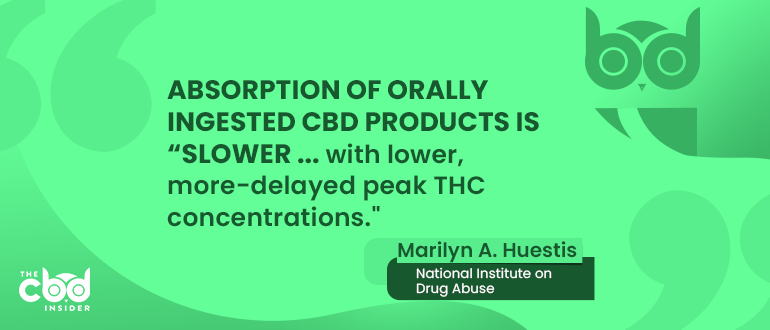
According to the study, absorption of orally ingested CBD products is “slower … with lower, more-delayed peak THC concentrations.” By contrast, inhalation via smoking is a “rapid and efficient method of drug delivery from the lungs to the brain, contributing to its abuse potential.”
Notice that the oral route is not only slower in terms of absorption, but also lower in terms of peak concentrations measured in the blood.
This observation is especially important in the context of determining doses because, if both methods of administration arrived at the same concentration levels, then it wouldn’t be as necessary to change the actual amount of the supplement consumed—only the speed of consumption would make a difference in that case.
The takeaway is since smoked or vaporized CBD hits harder and faster than orally ingested CBD, it’s wise for new users to try slightly lower initial doses when trialing smoked CBD.
Vehicle
“How much CBD oil should I take?” isn’t the only question consumers need to answer when beginning use.
The “what” can be just as pertinent as the “how much,” and the vehicle is a fitting example.
In the context of pharmaceutical products, the term “vehicle” (or “carrier oil” in the case of CBD) simply refers to the solvent in which the active ingredients are delivered.
For example, cannabidiol is often “carried” in sesame oil, olive oil, and other fatty oils because CBD is a fat-soluble compound, meaning the body can absorb more of it when you take it with fatty foods.
Beyond this fairly straightforward mechanism, different vehicles can affect absorption speed and the potency of CBD by strengthening the entourage effect (hemp seed oil is thought to contain trace amounts of cannabinoids), further hastening absorption using quickly digestible fatty acids (MCT oil), and more.
The carrier oil may not bear as strong of an influence as body weight in terms of how potent the effects will be at a certain dose, but it can still make a noticeable difference.
Medications
Like the vast majority of orally ingested substances, CBD is metabolized by the liver and then filtered into the systemic circulation.
As such, prescription medications can affect the potency of CBD in many ways, often by somehow interacting with the same liver enzymes that break down CBD.
Another mechanism used by prescription medication that may affect CBD dosage involves anticoagulant (blood-thinning) effects.
No two patients are the same, which is why it’s imperative that anyone currently on medication who plans to take CBD consult with their doctor about its potential for drug-drug interactions.
CBD Dosage by Condition
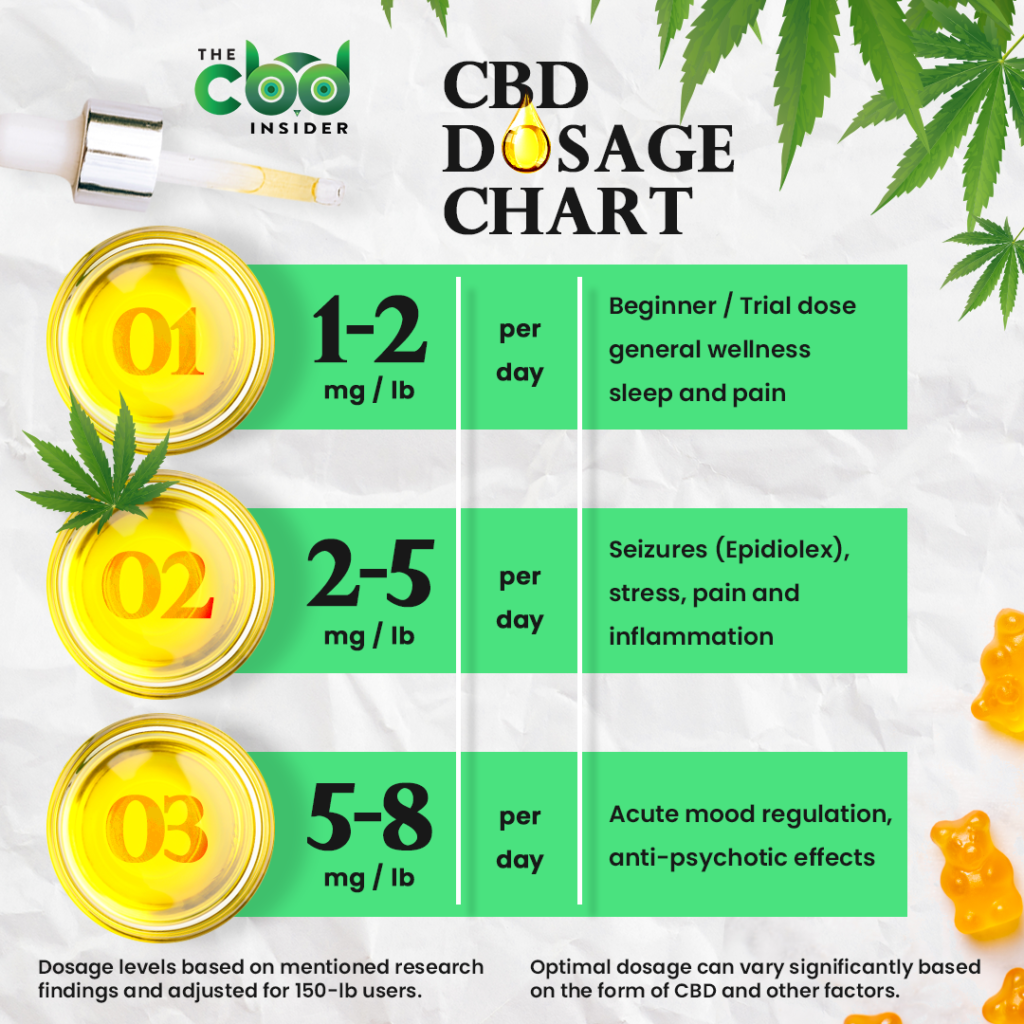
Every new classification of disease or disorder that CBD purportedly addresses requires interactions with new structures, whether we’re talking about the endocannabinoid system, opioid receptors, or any of the other mechanisms the research brings to light.
For this reason, CBD dosage does not act in a 1:1 manner across conditions, meaning that each application is unique in terms of how much cannabidiol is required to achieve optimal effects.
For example, this post delineates the most effective doses of CBD established by studies (in both humans and animals) focused on arthritis, public-speaking-related anxiety, schizophrenia, and cancer-related symptoms (intermittent dosing was more effective than continuous).
Arthritis Pain and Inflammation
University of Kentucky College of Medicine and College of Pharmacy researchers found in this European Journal of Pain study that transdermal CBD alleviated arthritis in a “rat model of arthritis.”
The study’s subjects were administered varying doses of CBD gels (0.6, 3.1, 6.2, or 62 milligrams per day). They were then assessed according to several predictable markers of osteoarthritis: joint swelling, thickening of the synovial membrane (tough tissue that lines the joint capsule), and behavioral cues that indicate pain level.
The study reported that both the 6.2 mg/day and 62.3 mg/day doses were effective.
Anxiety
More of a spectrum than a singular disorder, anxiety is just now being approached from multiple angles by CBD researchers — and that means getting more specific with doses.
For example, this randomized clinical trial conducted by University of Sao Paulo, National Institute for Translational Medicine, and other Brazil-based research groups used fear of public speaking, the hallmark trait of social anxiety disorder (SAD), as one of their primary outcome measures for assessing the effectiveness of CBD in this case.
Large doses of 600 mg/day were used in this trial, which was successful in that the placebo group “presented a significantly higher anxiety level and greater cognitive impairment, discomfort, and alert compared with the control group.”
Schizophrenia
Though they can vary greatly in nature, frequency, and intensity, psychotic symptoms of some form or another are highly common among schizophrenics.
This clinical trial conducted by Heidelberg University, University of Cologne, and University of California (Irvine) used a graduated CBD dosing schedule of 200 mg/day, increasing by 200 mg/day after that up to a total of 800 mg/day.
The trial’s designers were interested in ascertaining whether or not CBD, which increases the uptake of anandamide, an important cannabinoid produced by the body, could address psychotic symptoms as effectively as amisulpride, one of the leading schizophrenia drugs available today.
The results didn’t clearly delineate which of the two was superior, as the outcomes were close enough to reveal “no relevant difference between the two treatments,” but it did prove that CBD doses at this level can significantly improve these symptoms.
Sleep Disorders
Once again, we arrive at a spectrum.
One of the many forms of sleep disorders, REM sleep behavior disorder (RBD) affects Parkinson’s sufferers disproportionately.
Unable to fully enter the semi-paralyzed state that is REM sleep, people with Parkinson’s are often said to “act out their dreams,” a problem that commonly manifests itself with flailing arms, vocalizing, rolling around, etc.
In a Journal of Clinical Pharmacy and Therapeutics clinical trial by University of Sao Paulo, Minnesota Regional Sleep Disorders Center, and University of Minnesota Medical School researchers, four Parkinson’s patients with RBD were administered CBD at 75 mg/day (the first three cases) and 300 mg/day (the fourth case).
All participants demonstrated significant improvements under objective measurements as well as subjective reports of reduced sleep disturbances, but the 75 mg/day group displayed a greater reduction in the frequency of disturbances than the 300 mg/day participant.
You can also consult this systematic review from the British Journal of Pharmacology to explore the dose ranges used for several other clinical populations, including drug-resistant epileptics, generalized seasonal affective disorder, dystonic movement disorder, and more.
As you can see, effective doses can vary significantly across conditions, but in a majority of cases, the dose-response curve took on a “normal” or “bell-shaped” distribution.
This means that middle doses were often the most effective, and doses at the low and high extremes were usually associated with a drop in potency.
Establishing the Optimal CBD Dose
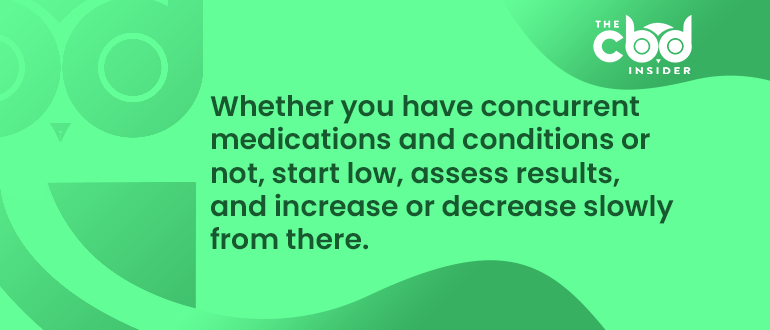
Some of the more straightforward determinants to CBD’s potency, like the weight of the user or the administration route, lend themselves handily to a simple dosage calculation.
The lighter the person, for example, the less CBD is needed, and the same goes for inhalation versus oral ingestion.
Understanding the finer points of drug-drug interactions or condition-specific CBD effects, however, is a matter best handled within your healthcare team.
Whether your particular situation lands on the simpler side (no concurrent medications or conditions) or not, it’s always advised to start on the lower end of the range, assess results, and increase or decrease slowly from there.
Consider the lower end of the “1-8 mg per pound of body weight” standard as your base value, and use the other factors we mentioned as a way of guiding your initial dose in either direction.
Determining the proper dose is less about fixating on a number as it is committing to an informed decision and then following up with close monitoring and measurable adjustments.


